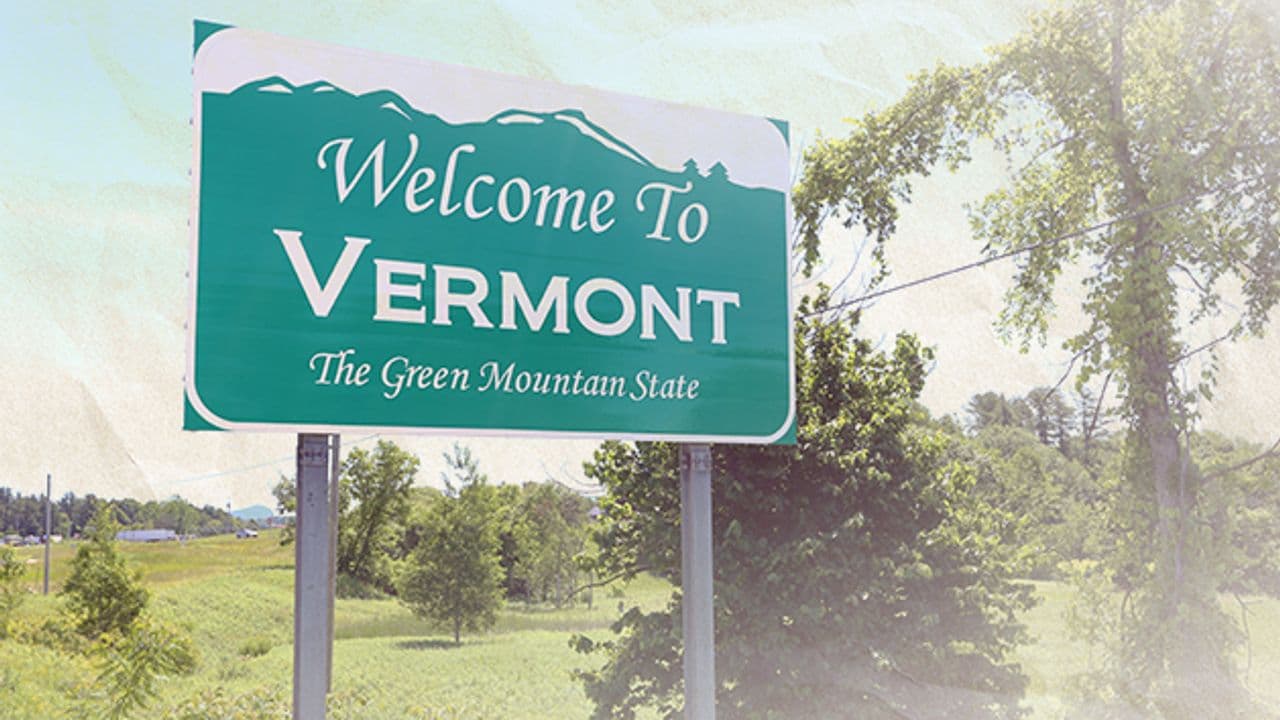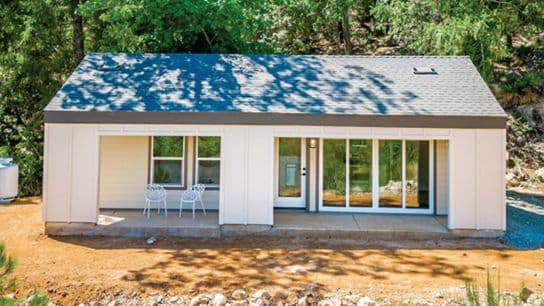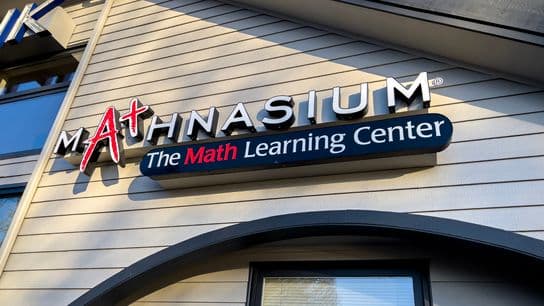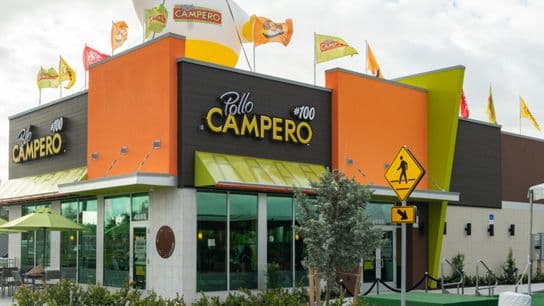What Vermont's Economic Outlook Means for Franchisors
If you’re a franchisor looking to develop your business in Vermont, you’ll want to consider the state’s policy variables and growth rates when scaling your plans.
This month, ALEC-Laffer published their annual Economic Competitiveness Rankings, which forecasts a state’s current standing within 15 state policy variables. The report features two different rankings: Economic Outlook — a forecast based on a state’s current standing in 15 state policy variables — and Economic Performance — a retrospective measure based on a state’s performance over a 10-year period from 2008 until 2018. For the state of Vermont, these rankings reveal a lot about where the state economy is going and where there is opportunity for their economy to grow.
- 2020 Outlook Ranking: 49
- 2008–2018 Performance Ranking: 37
The State
As a result of the COVID-19 pandemic, lawmakers predict that the state’s fiscal revenue could fall by $374 million across all state funds — about a 15 percent drop. As a state where the service and tourism industries typically thrive and support the economy, the 10,000 workers in the restaurant industry alone who are out of work are a solid indicator of how the state is faring.
Historically, Vermont’s economy has been deeply reliant on tourism, which makes up about 6 percent of the state’s GDP and puts it at number three in the nation for dependency on the industry, behind Nevada and Hawaii. Each year, Vermont’s tourism industry generates $2.8 billion in revenue, hosts 13 million visitors and employs 32,000 people— 10 percent of the state’s workforce. As the tourism industry adapts to the COVID-19 crisis, Vermont’s hoteliers may lose up to $530 million in revenue. That being said, it’s likely that Vermont’s economy will be hit harder than most other states — New York being the exception. Fortunately, thanks to swift and strict social distancing guidelines, Vermont’s COVID-19 infection rate has remained low, with 1,724 cases and 58 deaths. Even as the state slowly begins to reopen, without the guarantee of tourists’ return it’s hard to see the light at the end of the tunnel.
Making Sense of the Data
What does this mean for Vermont’s economy? To start with the Economic Performance report, the index shows that within the past ten years, Vermont has been outperformed by 36 other state economies. The performance index is based broadly on a state’s performance within State Gross Domestic Product, Absolute Domestic Migration and Non-Farm Payroll Employment. The category that slowed the tourism-driven state down the most was their Non-Farm Payroll Employment status. Vermont only grew 3.4 percent in this category, leaving them with a ranking of 40th among states with more diversified economies. The New England state’s State Gross Domestic Product left them with a slightly higher ranking of 38th, seeing 29.5 percent growth.
The Economic Outlook tells another story about the Vermont economy. The ranking is based on a state’s current standing in 15 state policy variables. Each of these factors, ranging from sales tax burden to state minimum wage, is influenced directly by state lawmakers through the legislative process. Vermont appears in this ranking at No. 49. In the category of debt service as a share of tax revenue Vermont is ranked high, as is its sales tax burden. Overall, it’s the personal income tax progressivity and property tax burden that are earning them such a low ranking.
The report indicates that, generally speaking, states that spend and tax less experience higher growth rates than states that spend and tax more. While this is an important finding for entrepreneurs looking to start their own business, it shouldn’t discourage them from investing in their dream franchise if they're in a market with a slower growth rate. For states like Vermont, the report indicates that the economy is certainly struggling, and has been for the last few years.
When it comes to deciding where franchisors should develop their brand, it’s always important to look at the complete picture of what the region has to offer. In the past, Vermont has been lagged behind in economic outlook, but in areas of service and tourism, which have taken a hit in 2020 due to COVID-19, the state has traditionally performed well.
Franchise Growth Plans
So what should franchisors do with this information? Though most franchisors take a shotgun approach — meaning wherever a prospect franchisee inquires, the franchisor will typically entertain that marketplace — the strategy of looking at these overall policies can help them scale their business at a more efficient rate. With that said, the findings within the report should not be the deciding measure for franchisors, but they should play a role in the decision.
Sylvan Learning*
- Current units in state: 3
- Growth capacity in state: 3
- Total jobs created at max growth capacity: 12
John McAuliffe, CEO of supplemental-education franchise Sylvan Learning, seconded the notion of Vermont’s potential. According to the early education franchisor, the state has opportunities for the right businesses that currently fit the needs of the population.
“We pick areas to focus our franchise development efforts on based on demographic data we receive from our mapping-system provider,” said McAuliffe. “We look for areas with a high concentration of families with school-age children whose annual income is $50k or above. We also look at some other factors such as shopping centers, where tutoring centers can be located, schools and competition.”
AWATFit
- Current units in state: 0
- Growth capacity in state: 5+
- Total jobs created at max growth capacity: 2–3
Richard Decker, CEO of mobile-fitness franchise AWATFit, says that because of the nature of his business model, AWATFit is primed for growth all over the country, and with such close proximity to his home state of New York, Vermont is a key target.
“We’ve had a number of potential franchisee requests in the past couple of months, and we’ll continue to target regions where potential franchisees are ready to take on their own business,” Decker said.
TWO MEN AND A TRUCK*
- Current units in state: 0
- Growth capacity in state: 1
- Total jobs created (at max growth capacity): 23
Cheryl Ackley, franchise development specialist for moving franchise TWO MEN AND A TRUCK also noted that Vermont is poised for growth.
“We look at many different pieces when defining territories, specifically using data on individual household incomes, population, and ZIP codes,” said Ackley. “These reflect how the full-service moving experience will impact our communities in a positive way by moving our customers forward.”
Franchise Brands Headquartered in Vermont
*This brand is a paid partner of 1851 Franchise. For more information on paid partnerships please click here.









